Dozens of intimate family photos and celebrity portraits by Linda McCartney are to form part of a significant new photography centre at the V&A Museum.
The museum in south-west London is almost doubling the space it devotes to photography to store and display a dramatically enhanced collection, including 270,000 images and objects from the Royal Photographic Society (RPS), and the images from the family of Sir Paul McCartney.
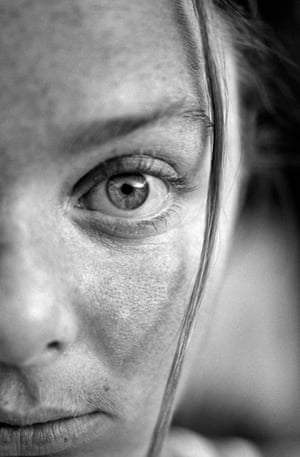
The transfer of the RPS artefacts from the Science and Media Museum (SMM) in Bradford has proven bitterly controversial, with one local politician describing it as “an appalling act of cultural vandalism”.
Linda McCartney died in 1998, aged 56. The 63 images given to the V&A include original Polaroids of the McCartney family that have never been seen publicly before, portraits of rock music icons including the Rolling Stones and Jimi Hendrix, and experimental platinum and hand-painted prints, lithographs and cyanotypes.
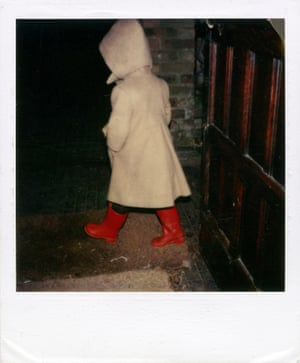
Before marrying Paul McCartney and joining the post-Beatles group Wings, Linda Eastman was a successful photographer who in 1968 became the first woman to shoot a Rolling Stone magazine cover, of Eric Clapton.
The V&A’s senior curator of photography, Martin Barnes, visited the McCartney home to help choose the images. “In some ways, I was trying not to think of the family connection and just look at the work,” he said. “I think she had a real eye for capturing the unguarded and unstaged moment.”
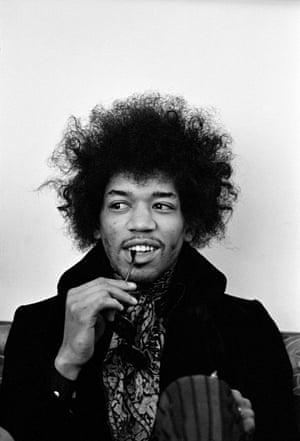
A selection of the McCartney images will be on display when the V&A’s photography centre – which Barnes said would be “one of the largest single collections in the world in depth and variety” – opens to the public on 12 October.
The huge RPS collection, which includes works from early pioneers in “painting with light”, was moved to Bradford in 2003 and regarded as a cornerstone of the SMM, part of the Science Museum group.
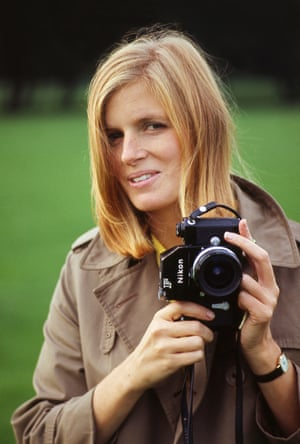
In 2016 there was public outcry at the decision to move the entire collection to London. The Bradford South MP, Judith Cummins, feared the loss could threaten the viability of the SMM, which had already suffered funding and staff cuts.
Barnes said the V&A would consider exhibition tours and artefact loans with the SMM. The RPS collection, which includes books and journals, 6,000 cameras and pieces of equipment, and 270,000 photographs all being catalogued and digitised for the first time, dovetailed perfectly with the V&A.

In some cases negatives, prints and the cameras they were taken with are being reunited – including equipment and images captured by William Henry Fox Talbot, who invented some of the earliest means of permanently fixing a photographic image.
Tristram Hunt, director of the V&A, said the museum had been the first in the world to collect photographs and the first to stage a photography exhibition, because its founder Henry Cole was an enthusiastic amateur snapper.
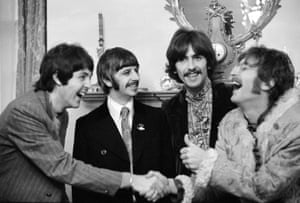
Hunt said the arrival of the RPS works was seamlessly creating a new collection that could tell the entire story of photography from daguerreotype to digital. It had been the catalyst towards creating the new spaces, which will occupy three restored 19th-century galleries, he said.
The new galleries will include display cases holding 140 cameras, a historical display from the earliest experiments to a digital wall for the latest projected images. There will also be a handling collection and a “dark tent” – a projection and lecture space modelled on the travelling darkrooms used by 19th-century photographers.